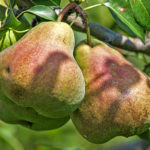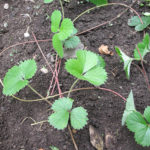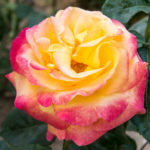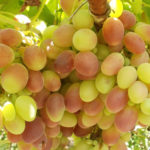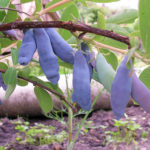Thuja western Amber
Evergreen crops with yellow needles are no longer a rarity today, and all thanks to the work of breeders. One of such amazing plants should be called the western thuja variety Amber (Thuja occidentalis Jantar). Its elegant look will delight everyone who sees this culture in your garden. It will not be difficult for you to take care of this ephedra, since it is not too picky about growing and care conditions.
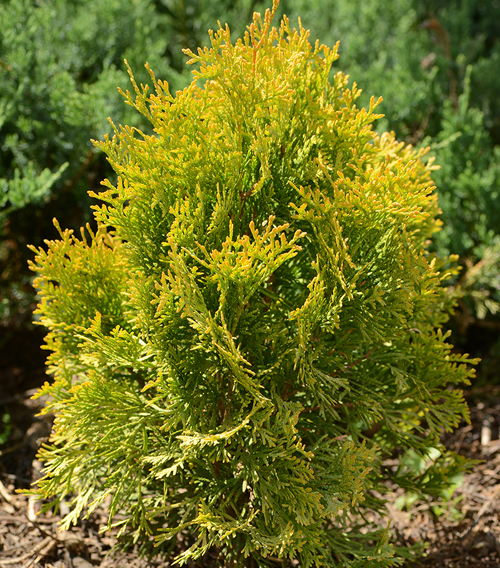
History of creation and description of the variety
The homeland of the coniferous plant is Poland. The cultivar was developed by the specialist Jakub Yablonski. As a starting material, the breeder used a variety of thuja western Smaragd. Our heroine took all the best from her: the presence of a narrow vertical crown, the beauty of needles, unpretentiousness and high resistance to most aggressive environmental factors.
Amber is a coniferous or pyramidal tree, reaching 3 meters in adulthood, maximum 5 meters. The annual growth of the culture is on average 15-30 cm. The crown width does not exceed 200 cm. The height of a plant that is 10 years old varies from 1.5 to 2 meters. The crown of the tree is dense and is formed by flat, densely spaced, branched shoots with scaly yellow needles. It acquires an amber hue in the fall. In addition, the same color is characteristic of the young growth of needles. In the shade, the outfit of the plant becomes light green. Its winter color is green-bronze or copper. The difference in shades of mature needles and young scales makes the appearance of thuja original and unforgettable.
The trunk and branches of the beautiful tree are covered with dark brown or reddish bark, peeling off in stripes. On an adult plant, fruits are formed - few small cones (no longer than 1.2 cm) of a round-ovoid shape, painted in a yellowish-green color. When ripe, they change their color to brown. The root system of the culture is superficial and branched.
The variety has high frost resistance, good immunity to diseases. It adapts perfectly to urban environments where the air is full of dust and exhaust fumes. The disadvantages of the plant include its susceptibility to spring sunburn.
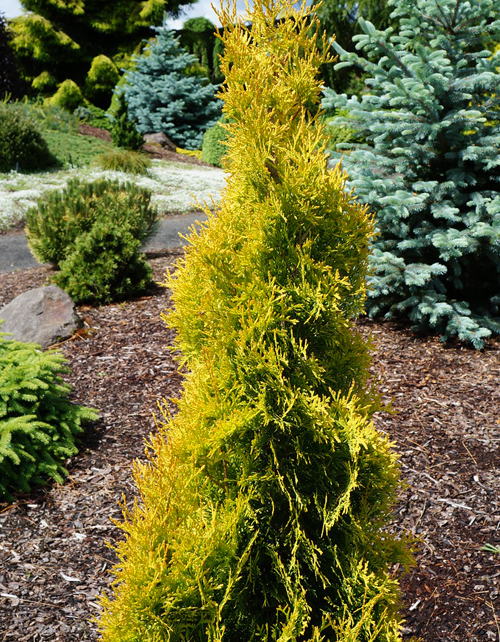
Features of agricultural technology
Variety Amber is a light-loving culture. For this reason, it is important to place it in that sector of the site where there is a lot of light throughout the day. Penumbra is also suitable for the plant. It is better not to place it in the shade, otherwise the shoots of an evergreen tree will stretch out and lose their rich green color. In addition, the needles thin out under such conditions. Thuya soil needs light. Optimal options: loamy and peaty soil. You can make your own potting soil using leaf or turf soil, peat and sand in a 2: 1: 1 ratio. Recommended soil acidity level: 4.5-6 pH. At the site chosen for planting, a hole must be made, the depth of which should be from 60 to 80 cm. A nitroammophos is introduced into the hole, but only after the bottom is covered with a layer of drainage material. Make sure that the root collar of the plant is at ground level when planting.
Watering the Polish beauty is carried out 1-2 times a week, in dry, hot summer - and more often. In addition, the culture is responsive to sprinkling the crown with cool water. It is required to feed the plant in the spring, for which a complex fertilizer is used. During the entire growing season, the soil in the zone of the trunk circle is shallow twice a month, carefully loosened, and then covered with mulch: crushed tree bark, peat or compost. Only these procedures are performed strictly after watering.
Several times a season, it is advisable to treat the plant with insecticide and fungicide solutions.So you reduce the risk of attacks on the culture of harmful insects and the appearance of fungal diseases on it. In the spring, they rid the tree of dry and damaged shoots. The variety tolerates a haircut well. The ephedra does not need shelter for the winter due to its excellent frost resistance. But you still need to insulate the thuja to protect it from sunburn.
Use cases
The owner of yellow-amber needles today can increasingly be seen in gardens and in private plots, as well as near buildings, in parks, squares, residential urban areas. This variety is very popular and valuable. It is used to decorate hedges, walls and trellises, looks spectacular in coniferous compositions. This plant should be made a bright accent on the local area, especially since Amber looks amazing in single plantings against the background of a green lawn. Conifers of this variety are also used to create an original alley. Thuja is appropriate in Japanese and rocky gardens.
